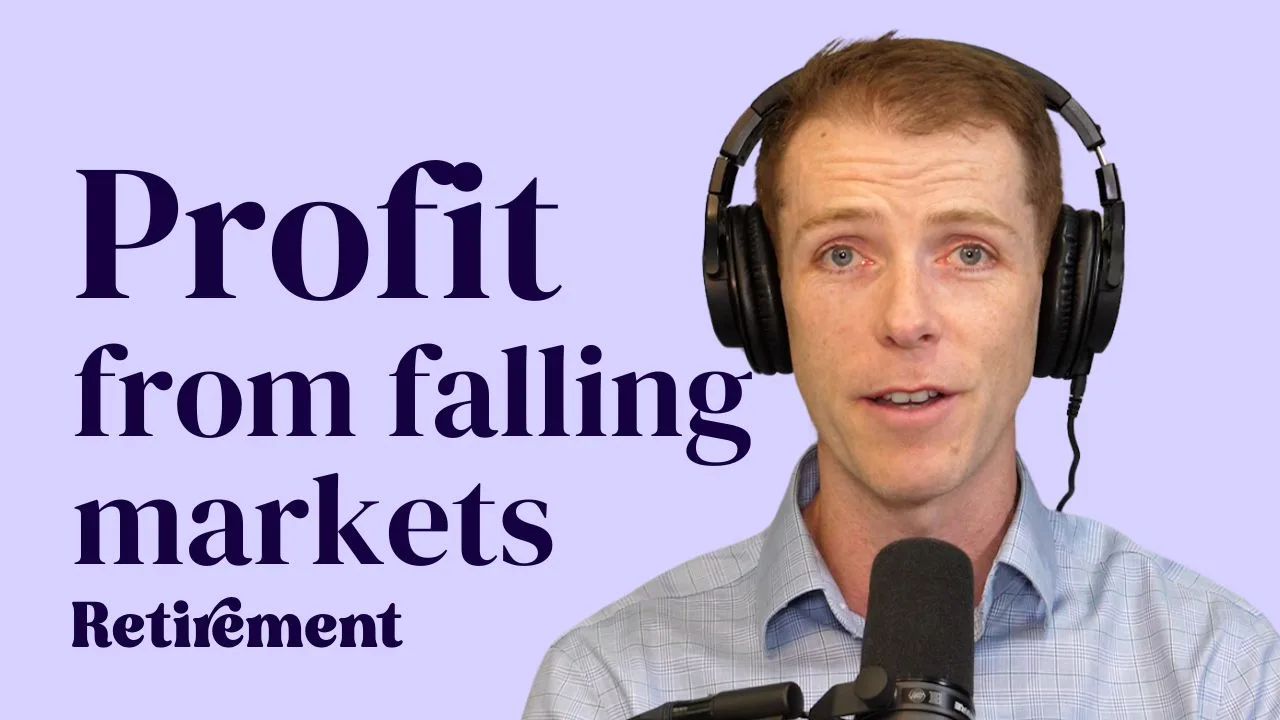As you may know, this is the rough version. Keep in mind, rough doesn’t necessarily equal ‘good’. So, at the bottom of this article, we’ll provide some further resources to complement our potential indicative valuations. Basically, it goes without saying but these valuations are not guaranteed.
Bank shares like Bendigo & Adelaide Bank Ltd, Macquarie Group Ltd (ASX: MQG) and Bank of Queensland Limited (ASX: BOQ) are highly popular in Australia because of their reliable dividend history, and the added value of franking credits.
In this article, we’ll cover the basics of investing in ASX bank shares. If you’re interested to learn more about the value of dividend investing in Australia (including how franking credits work), check out this video from the education team at Rask Australia.
For access to our valuation models, videos and tutorials, consider subscribing to the Rask Australia YouTube channel. You will receive the latest (and free) value investing videos from our analysts. Click here to subscribe.
Using the PE ratio for valuations
The price-earnings ratio or ‘PER’ compares a company’s share price (P) to its most recent full-year earnings per share (E). Remember, ‘earnings’ is just another word for profit. Hence, the ‘P/E’ ratio is simply comparing share price to the most recent full-year profit of the company. Some experts will try to tell you that ‘the lower PE ratio is better’ because it means the share price is ‘low’ relative to the profits produced by the company. However, sometimes shares are top value for a reason!
Secondly, some extremely successful companies have gone for many years (a decade or more) and never reported an accounting profit — so the PE ratio can’t be used to value them.
Therefore, we think it’s informative to dig deeper than simply looking at the PE ratio and thinking to yourself ‘if it’s below 10x, I’ll buy it’.
One of the basic ratio models analysts use to value a bank share is to compare the PE ratio of the bank/share you’re looking at with its peer group or competitors and try to determine if the share price is too high, or undervalued relative to the average. From there, and using the principle of mean reversion, we can multiply the profits/earnings per share by the sector average (E x sector PE) to reflect what an average company would be worth. It’s like saying, ‘if all of the other stocks are priced at ‘X’, this one should be too’.
If we take the BEN share price today ($13.18), together with the earnings (aka profits) per share data from its 2023 financial year ($0.87), we can calculate the company’s PE ratio to be 15.1x. That compares to the banking sector average PE of 18x.
Next, take the profits per share (EPS) ($0.87) and multiply it by the average PE ratio for BEN’s sector (Banking). This results in a ‘sector-adjusted’ PE valuation of $15.42.
BEN share price: dividends can be used
The dividend discount model or DDM is different from ratio valuation like PE because the model makes forecasts into the future, and uses dividends instead of profit. Because the banking sector has proven to be relatively stable with regards to share dividends, the DDM approach can be used. However, we would not use this model for, say, technology shares which are more growth focused.
Basically, we need only one input into a DDM model: dividends per share. Then, we make some assumptions about the yearly increase of the dividend (e.g. 2%) and the risk level of the dividend payment (e.g. 7%). We’ve used the most recent full-year dividends (e.g. from last 12 months or LTM) then assumed the dividends remain consistent but grow slightly.
To do the valuation, use this formula: Share price = full-year dividend / (risk rate – dividend growth rate). It’s a good idea to do the calculation using a few different growth and risk assumptions, then take the average valuation. This helps to account for some of the uncertainty.
To simplify this DDM, we will assume last year’s dividend payment ($0.63) expands at a consistent rate each year.
Next, we determine the ‘risk’ rate or expected return rate. This is the rate at which we discount the future dividend payments back to today’s dollars. A higher ‘risk’ rate results in a lower share price valuation.
We’ve used a blended rate for dividend growth and a risk rate between 6% and 11%, then averaged the results.
This approach yields a valuation of BEN shares of $13.32. However, using an ‘adjusted’ dividend payment of $0.65 per share, the valuation goes to $13.75. The expected dividend valuation compares to Bendigo & Adelaide Bank Ltd’s share price of $13.18. Since the company’s dividends are fully franked, you could make one further adjustment and do the valuation based on a ‘gross’ dividend payment. That is, the cash dividends plus the franking credits (available to eligible shareholders). Using the forecast gross dividend payment ($0.93), our valuation of the BEN share price comes out at $19.64.
| Growth rate | ||||
| 2.00% | 3.00% | 4.00% | ||
|
Risk rate
|
6.00% | $16.25 | $21.67 | $32.50 |
| 7.00% | $13.00 | $16.25 | $21.67 | |
| 8.00% | $10.83 | $13.00 | $16.25 | |
| 9.00% | $9.29 | $10.83 | $13.00 | |
| 10.00% | $8.13 | $9.29 | $10.83 | |
| 11.00% | $7.22 | $8.13 | $9.29 | |
Key summary
Simple valuation models like these can be handy tools for analysing and valuing a bank share like Bendigo & Adelaide Bank Ltd. These models can even make you feel warm and fuzzy inside because you have ‘put a value on it’.
That said, it’s far from a perfect valuation (as you can see). While no one can ever guarantee a return, there are things you can (and probably should) do to improve the valuation before you consider it as a worthwhile yardstick.
For instance, studying the growth or increase in total loans on the balance sheet is a very important thing to do: if they’re growing too fast it means the bank could be taking too much risk; too slow and the bank might be too conservative. Then, study the remainder of the financial statements for risks.
Areas to focus on include the provisions for bad loans (income statement), their rules for assessing bad loans (accounting notes) and the sources of capital (wholesale debt markets or customer deposit). On the latter, take note of how much it costs the bank to get capital into its business to lend out to customers, keeping in mind that overseas debt markets are typically more risky than customer deposits due to exchange rates, regulation and the fickle nature of investment markets.






